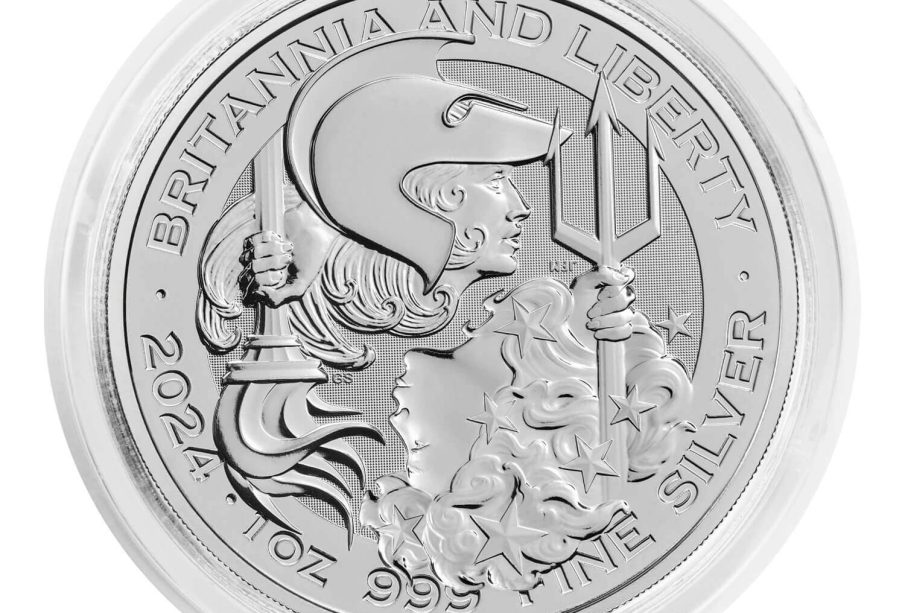Understanding the Significance of the Royal Mint

Introduction
The Royal Mint, established over 1,100 years ago, is one of the oldest institutions in the UK and plays a pivotal role in the nation’s economy. It is responsible for producing the nation’s coinage and has become a symbol of British heritage and craftsmanship. Recent developments, including innovations in minting technology and sustainable practices, have further highlighted the Royal Mint’s relevance in today’s economy.
Historical Significance
The Royal Mint was originally founded in the year 886 by Alfred the Great, in response to the need for a secure currency system during tumultuous times. Since then, it has evolved from producing only coins to offering a wide variety of collectible items, precious metal bullion products, and commemorative coins. Today, it operates in Llantrisant, Wales, where it produces around 5 billion coins annually.
Current Operations and Innovations
Recently, the Royal Mint has embraced technology to enhance its production and customer experience. It has introduced online services, allowing customers to purchase coins and bullion directly. Furthermore, the Mint has ventured into the world of cryptocurrency by launching a series of non-fungible tokens (NFTs), underscoring its commitment to remaining at the forefront of financial innovation.
Sustainability Efforts
A remarkable shift towards sustainability has also been witnessed at the Royal Mint. The organisation has committed to reducing its carbon footprint by investing in renewable energy and implementing sustainable practices across its operations. This dedication to environmental responsibility not only contributes to the Mint’s commitment to future generations but also enhances its reputation as a progressive institution.
Conclusion
The Royal Mint remains a crucial pillar of the UK’s financial landscape, reflecting the nation’s history, craftsmanship, and innovation. As it continues to adapt to modern challenges and embraces environmental goals, it is clear that the Mint will play a significant role in the future of currency in the UK and beyond. For readers, understanding the Royal Mint’s journey allows for a greater appreciation of Britain’s monetary heritage and its ongoing evolution in the face of changing economic conditions.







